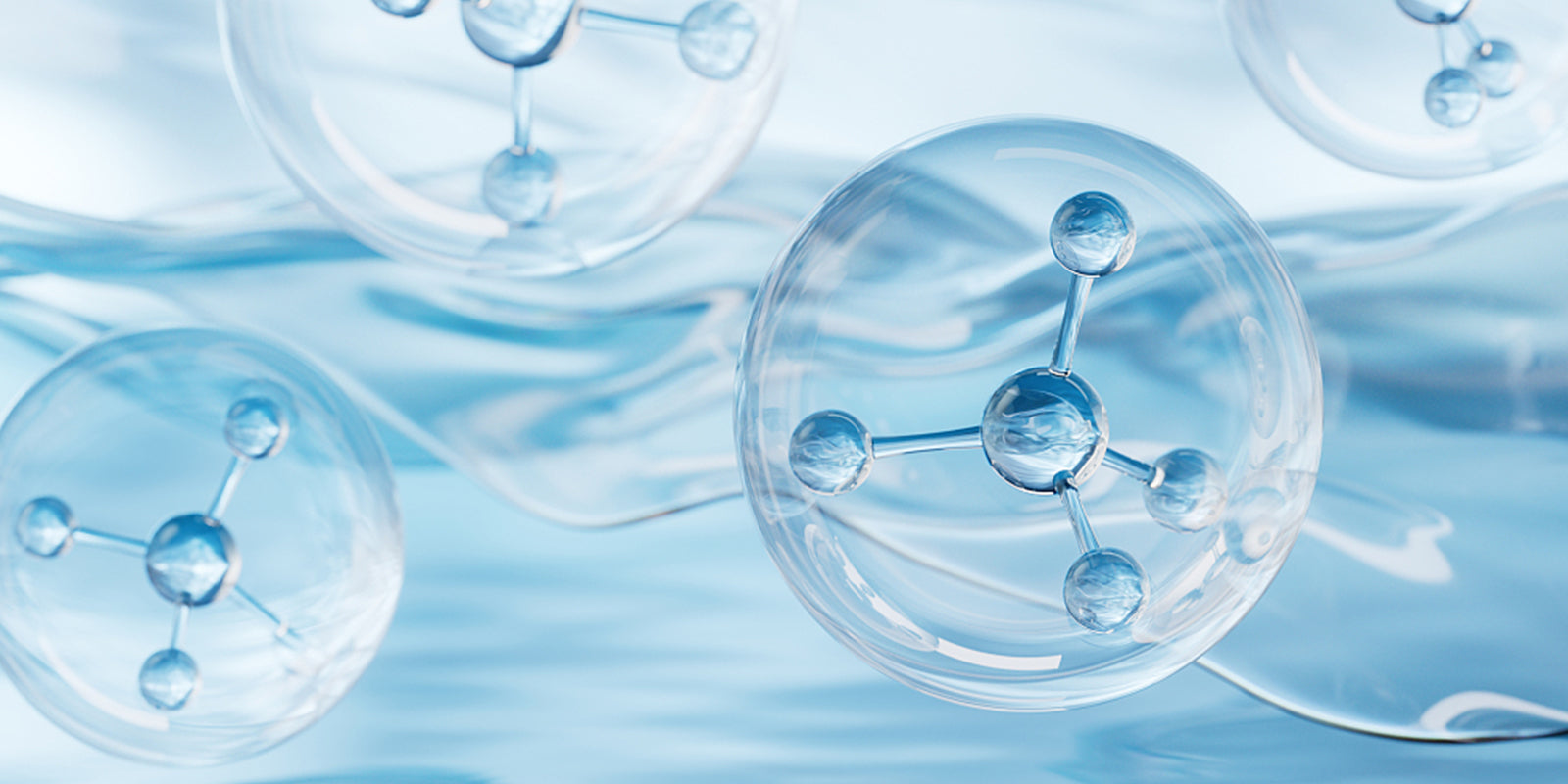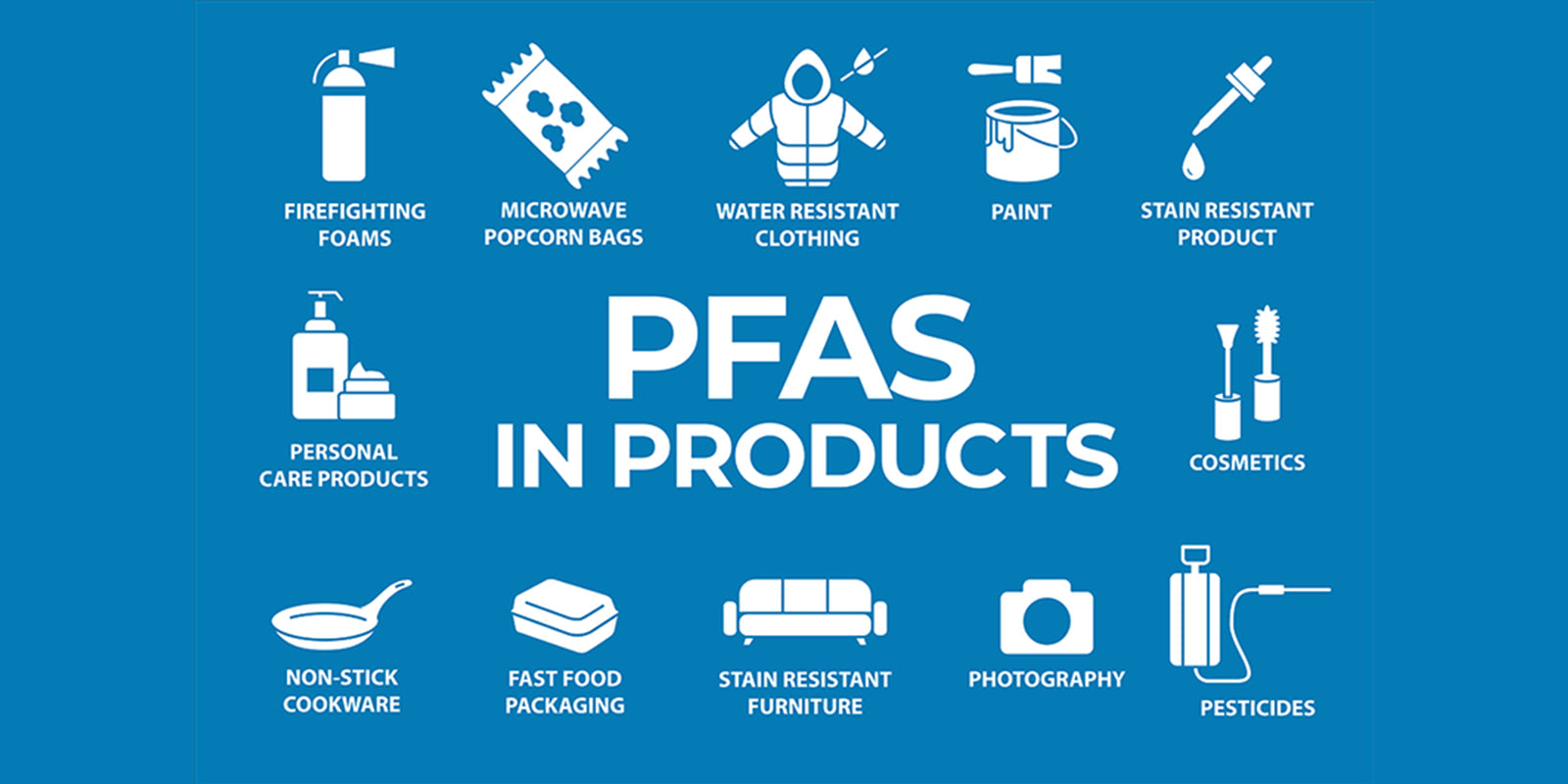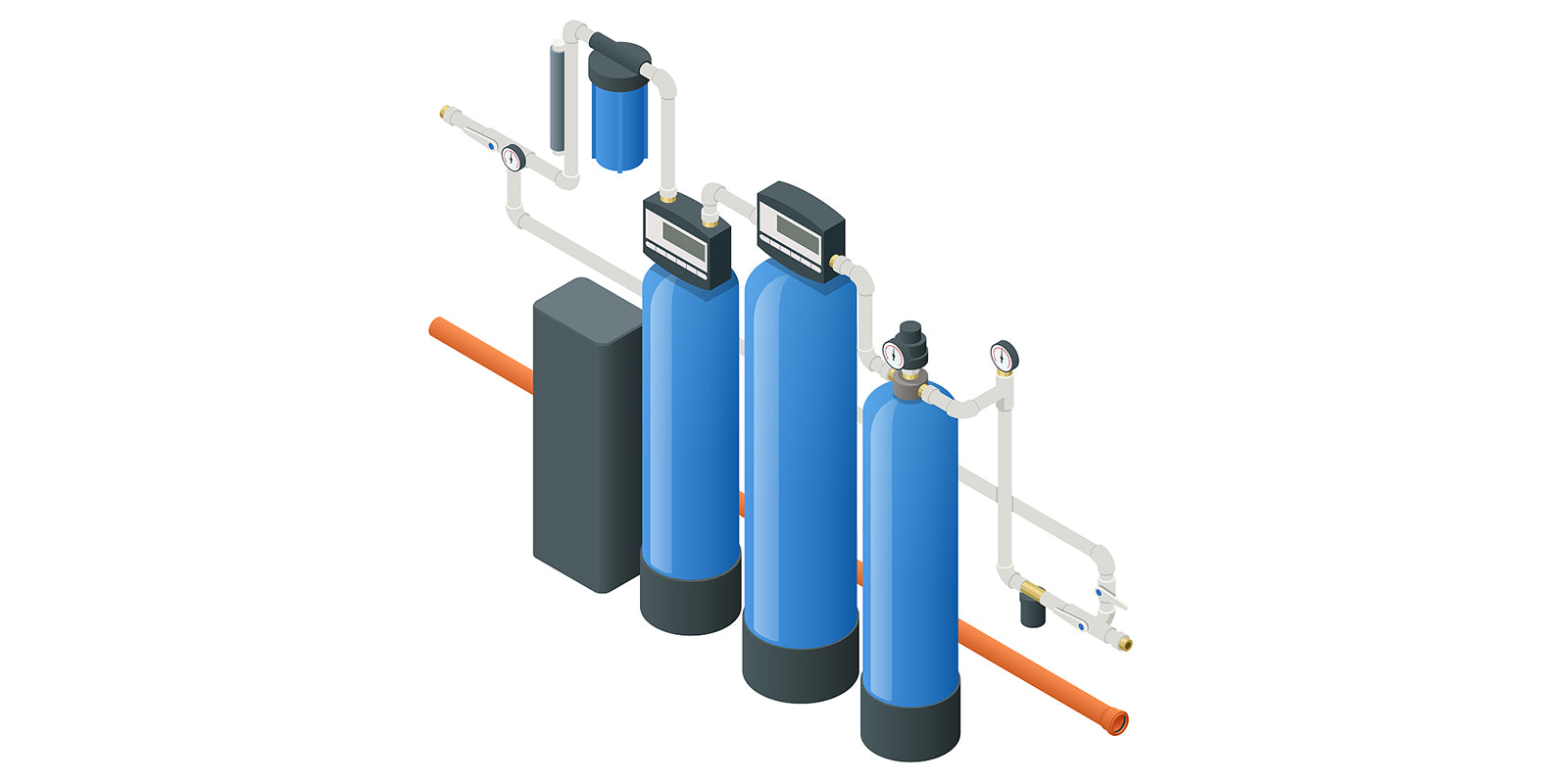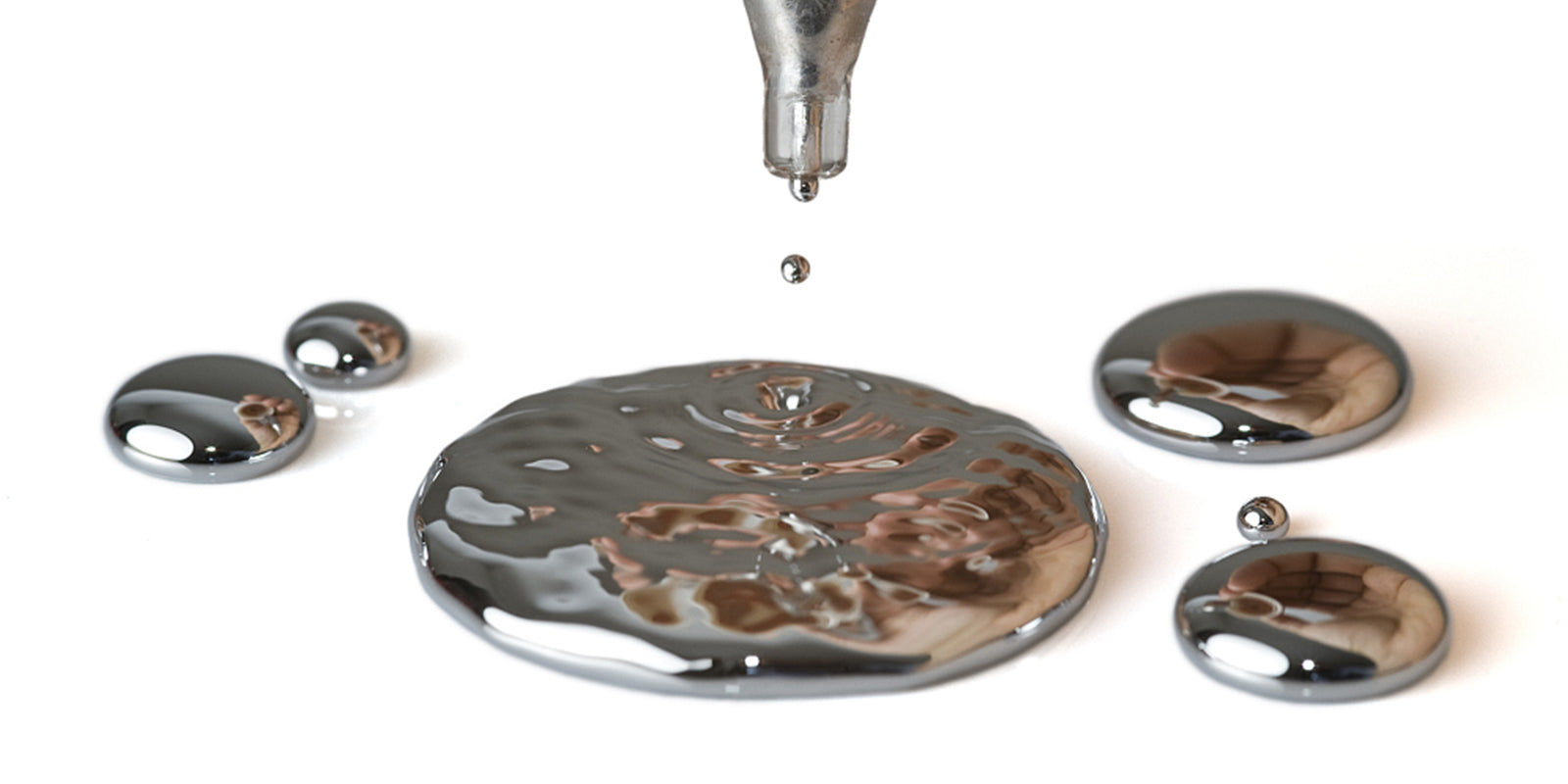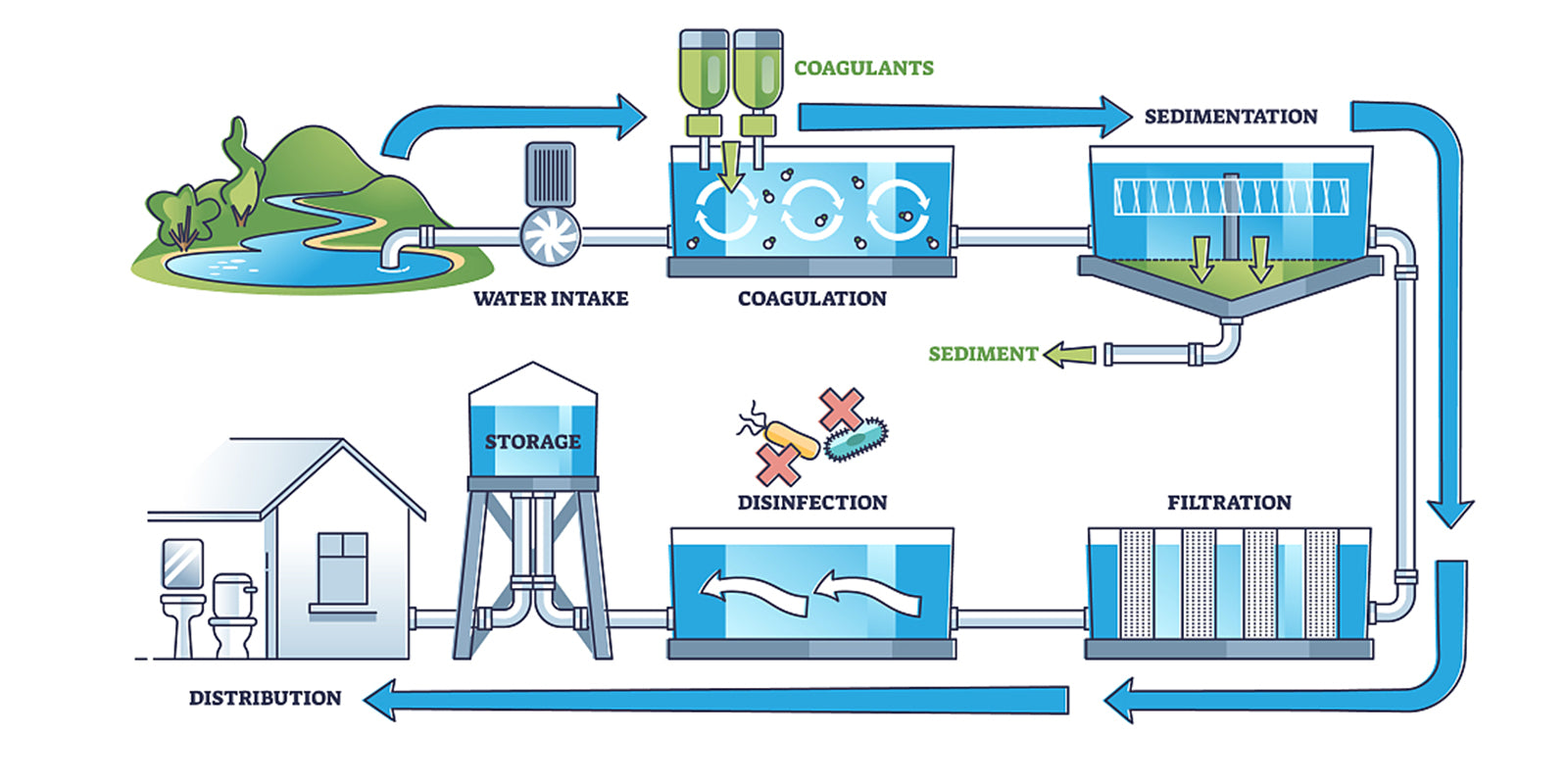TDS can reflect the level of contamination to a certain extent, so many people will reduce the TDS to achieve the effect of purification. While how to reduce TDS and what kind of water filter can be used to reduce TDS? This article will answer the question for you.
What is TDS?
TDS is the abbreviation of Total dissolved solids, measured in milligrams per liter (mg/L), which indicates how many milligrams of dissolved solids are dissolved in 1 liter of water. Total dissolved solids refers to the total amount of all solutes in the water, including the content of both inorganic and organic matter. The conductivity value is generally used to understand the salt content of the solution, in general, the higher the conductivity, the higher the salt content, the higher the TDS. The higher the TDS, the more dissolved substances contained in the water. Among the inorganic substances, there may be inorganic substances in molecular form in addition to the components dissolved into ionic form. Since organic matter and inorganic matter in molecular form contained in natural water can generally be disregarded, the salt content is also generally referred to as total dissolved solids. However, in some particular water, TDS does not effectively reflect the water quality.
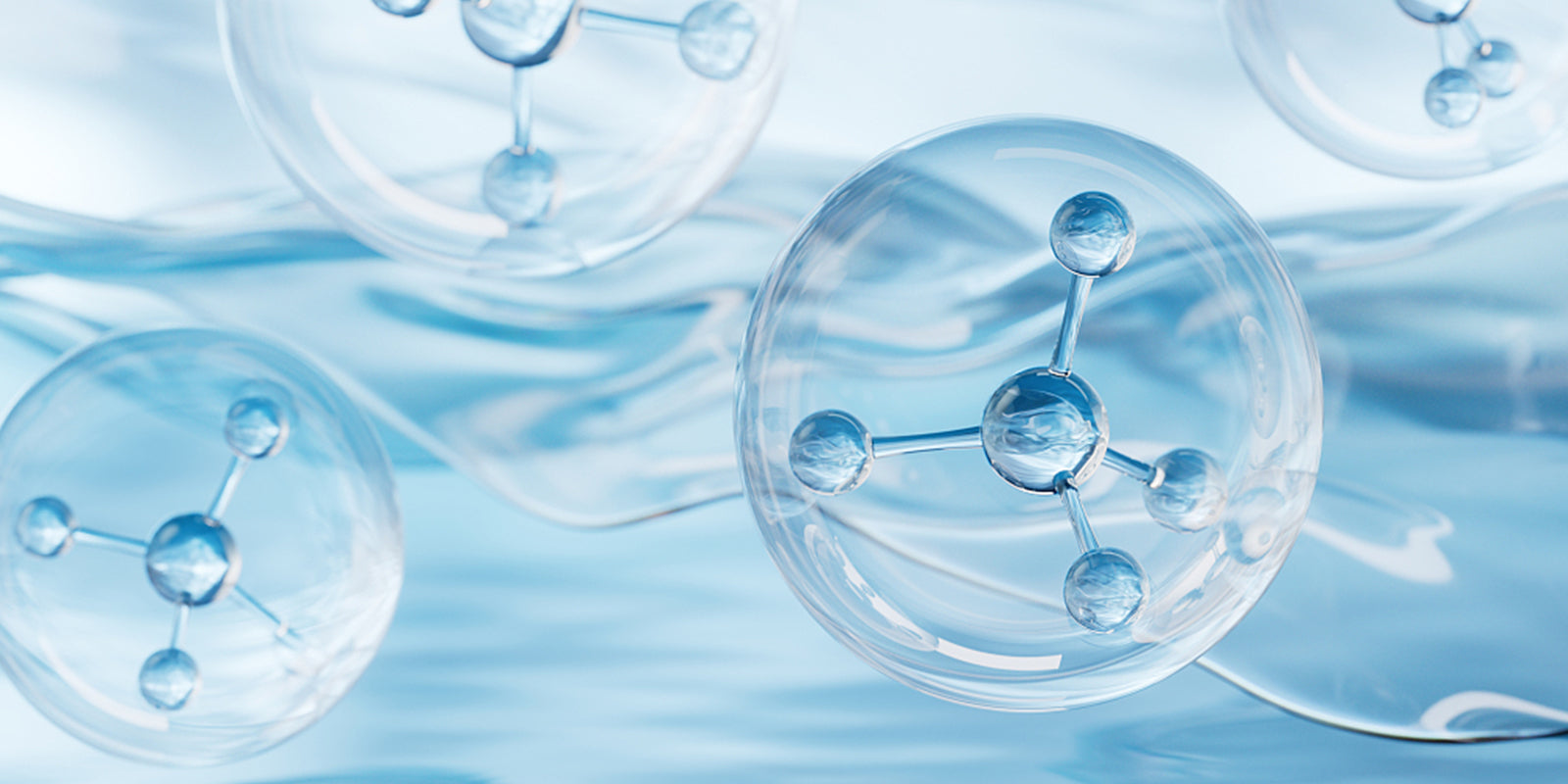
What kind of water filter can reduce TDS?
Reverse Osmosis
Among the many water filtration methods, reverse osmosis is one of the most popular methods for removing total dissolved solids from water, and this method is also the most effective method of reducing TDS in water filters today.Reverse osmosis water filters remove most TDS, including dissolved salts, minerals and hazardous chemicals, down to 0.0005 microns.
Reverse osmosis system is typically installed at point-of-use locations, such as on your countertop or under your kitchen sink. The water flows through several filtration stages, including a carbon-based filter, and is then forced under high pressure through a fine mesh filter called a semi-permeable membrane. Most large molecular impurities cannot pass through the semi-permeable membrane, so they can be filtered off the membrane. Water is discharged from the chamber at a continuous rate, while unwanted impurities are flushed down the drain.
You won't find a better water purifier than an RO system when it comes to reducing TDS to an acceptable level. Using RO technology to filter water is a cost effective long term solution.
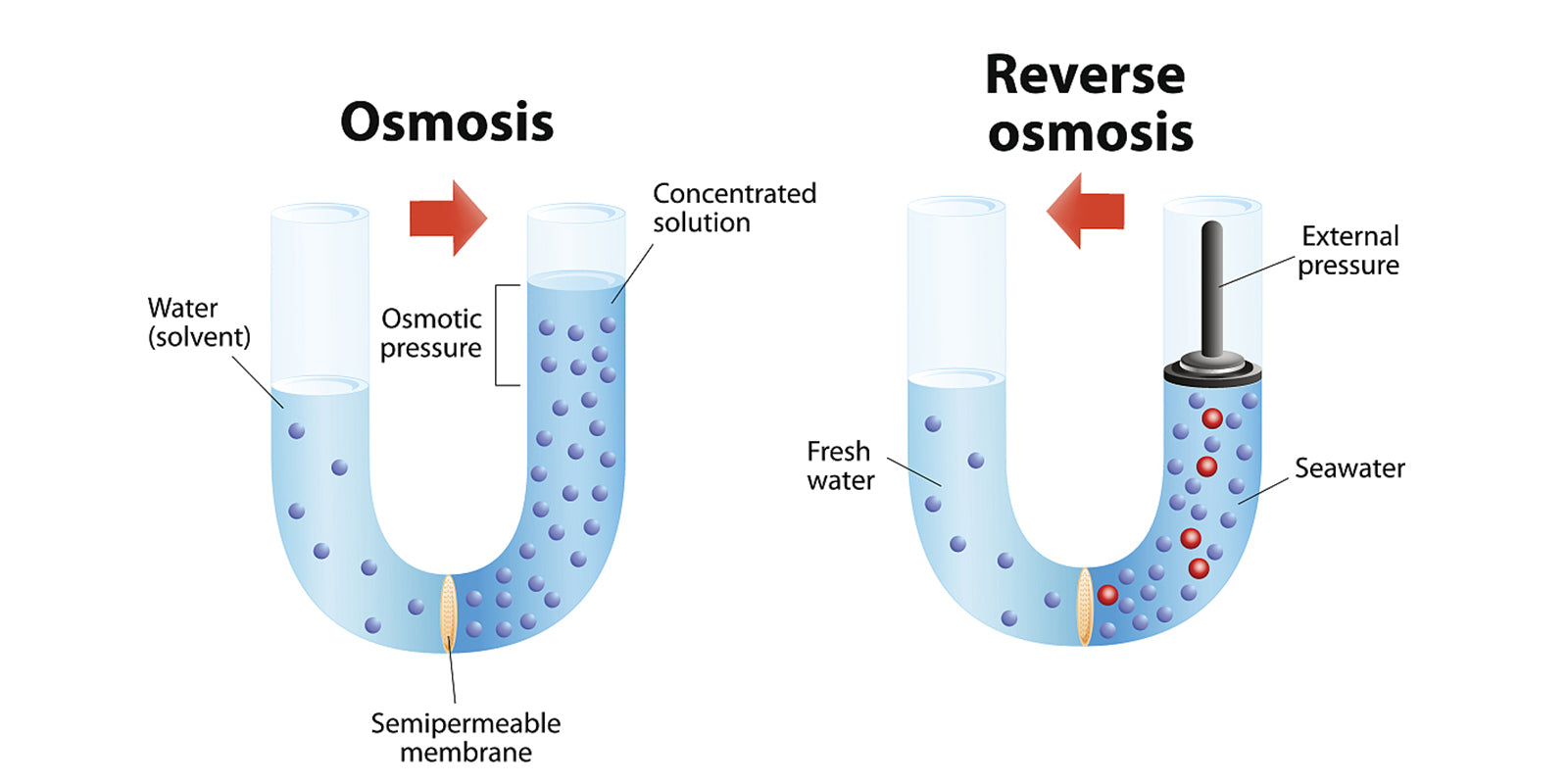
Other methods to reduce TDS
There are other ways to reduce the TDS besides using RO water filters to reduce the TDS.
Scale Inhibitor
It is a chemical or mechanical treatment method injected or installed in a fluid flow system to prevent the precipitation and accumulation of slightly insoluble compounds on the inner walls of the system. It is used to reduce TDS in a certain sense by dispersing insoluble inorganic salts in the water, preventing or interfering with the precipitation of insoluble inorganic salts on metal surfaces, and scaling functions. While it is still a chemical substance, so there is some risk.
Deionization
Deionization is a process in which water is passed through a membrane with positive and negative electrodes. This membrane causes the positive ions to separate from the water and move towards the local electrode. The deionization process is combined with a reverse osmosis process that first gets rid of the non-ionic particles before going through the deionization process.

